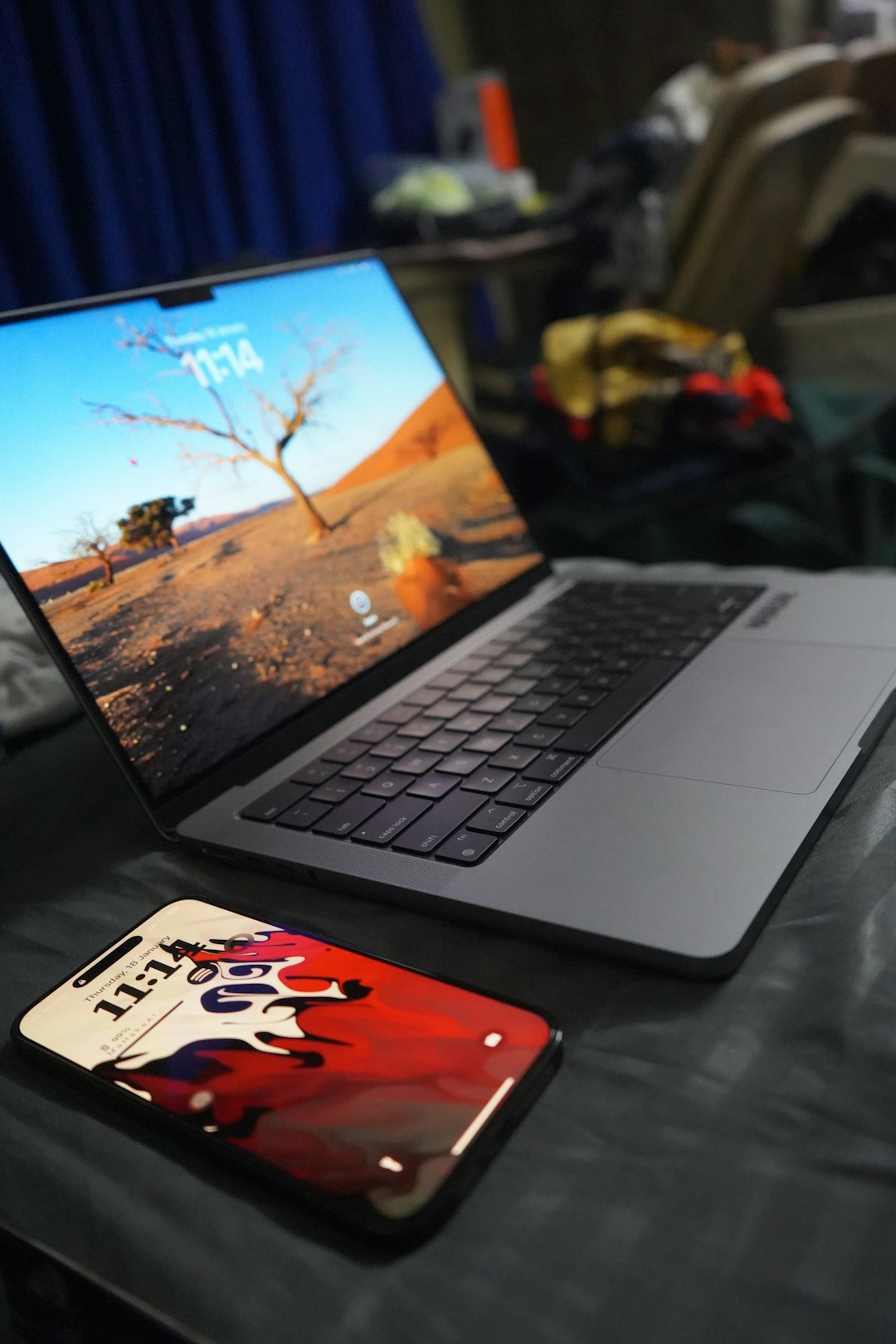Gamers and tech enthusiasts were initially excited when NVIDIA released the RTX 4070 laptop GPU, expecting it to bring high-end desktop-level performance to portable computers. However, that excitement quickly turned into frustration for many users. Although the RTX 4070 shares a name with its powerful desktop counterpart, the laptop version hasn’t lived up to the hype. But why exactly do people criticize and even hate the RTX 4070 laptop? The reasons are multifaceted, ranging from marketing practices to performance limitations.
Here’s a deep dive into the main reasons behind the disappointment surrounding the RTX 4070 laptop.
1. Misleading Name and Expectation Gap
One of the key issues lies in NVIDIA’s naming strategy. When users see “RTX 4070,” they expect performance on par with the desktop RTX 4070. Unfortunately, the mobile version significantly underperforms when compared directly. The laptop GPU uses a different configuration in terms of cores, power consumption, and clock speeds, which leads to a substantial drop in real-world performance.
To make matters worse, many casual buyers don’t realize that the same name doesn’t necessarily translate to equivalent power. This creates an expectation gap, leading to disappointment once benchmarks reveal the truth.

2. Power Limitations and Throttling
Laptops are, by design, limited by thermals and power delivery. Unlike desktops, they can’t provide the same amount of sustained power to high-end GPUs. The RTX 4070 laptop GPU can be configured by manufacturers anywhere from 35W to 115W. This wide range of power allocation means that not all RTX 4070 laptops perform the same. A 35W variant might deliver performance closer to an RTX 4050 than a desktop 4070.
Additionally, thermal throttling is a common issue. In thinner laptops lacking proper heat dissipation, the GPU is forced to reduce performance to maintain safe operating temperatures, resulting in unpredictable frame rates and stuttering gameplay.
3. Price-to-Performance Ratio
Another major concern is the lackluster price-to-performance ratio. RTX 4070 laptops often come with premium price tags, yet their performance may only marginally exceed that of cheaper RTX 4060 laptops. In some cases, the price difference isn’t justified by the relatively minor performance gains, especially when thermal limits prevent the GPU from reaching its advertised potential.
For many users, it feels like they’re paying for a name rather than true, tangible improvement. In contrast, desktops with RTX 4070 cards offer significantly better performance for the same or even lower price, making the laptop variant seem like a poor investment.
4. Competitive Alternatives in the Market
The release of AMD’s latest laptop GPUs and Apple’s shift to power-efficient silicon like the M2 Pro and M2 Max have added pressure on NVIDIA. Some of AMD’s RDNA3-based chips provide comparable or even better gaming performance while maintaining lower power draw and better battery life.
Additionally, for non-gaming tasks like video editing or 3D modeling, Apple’s M-series chips and AMD processors outperform RTX laptops in specific workflows. This makes the RTX 4070 laptop less appealing for professionals seeking mobile performance across a wide range of applications.

5. Confusing Configurations and OEM Practices
Another source of frustration is the large variability in performance among different laptop models carrying the RTX 4070 badge. What one brand sells as a high-powered gaming machine might perform worse than a competitor’s due to different cooling setups and power settings.
This inconsistency makes it difficult for consumers to make an informed purchase. You have to dig into detailed specs, reviews, and benchmarks to know whether a particular RTX 4070 laptop is worth buying — and most users simply don’t have the time or expertise to do that.
So, Is the RTX 4070 Laptop Really That Bad?
Not necessarily. For users who fully understand the limitations and are careful with their purchase, an RTX 4070 laptop can be a solid performer. Some high-end models with excellent cooling and higher power limits offer great gaming experiences.
However, the disappointment comes from a mismatch between what people expect and what they actually get. NVIDIA’s marketing, confusing naming conventions, power limitations, and inconsistent OEM implementations have all contributed to the frustration voiced by many users.
Conclusion
The RTX 4070 laptop isn’t inherently a failure — it’s the context in which it exists that creates dissatisfaction. When marketed as a “4070,” people expect a certain level of desktop-grade performance, but what they receive often falls short. Add high prices and confusing product tiers into the mix, and it’s easy to see why many feel the RTX 4070 laptop doesn’t fulfill its promise.
As always, informed consumers can still find value in these machines, but the widespread grumbling indicates a clear call for better transparency and consistency in the GPU landscape.




